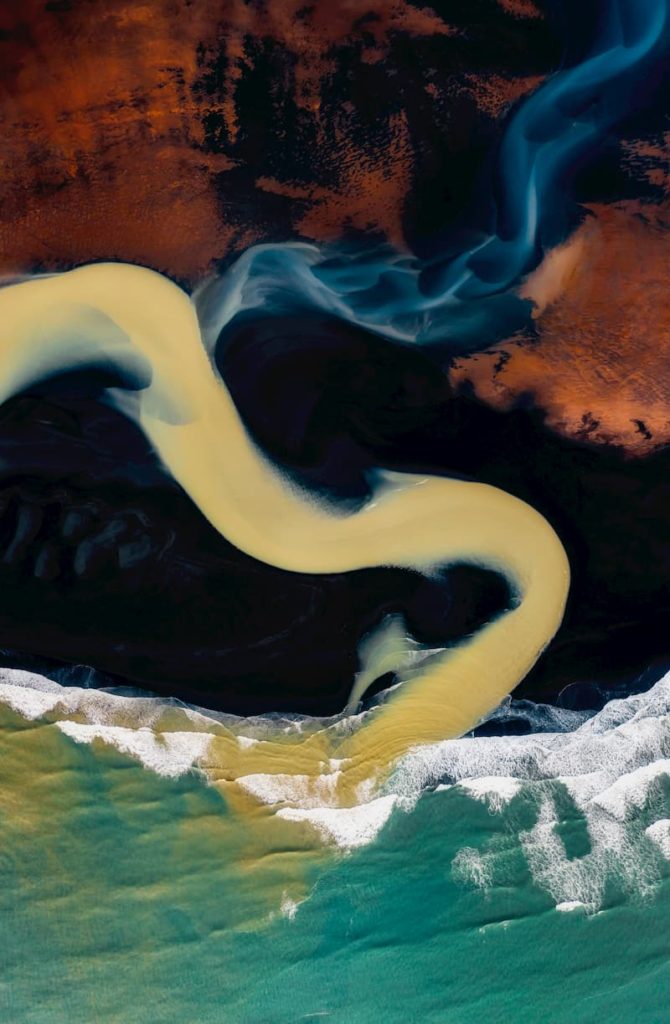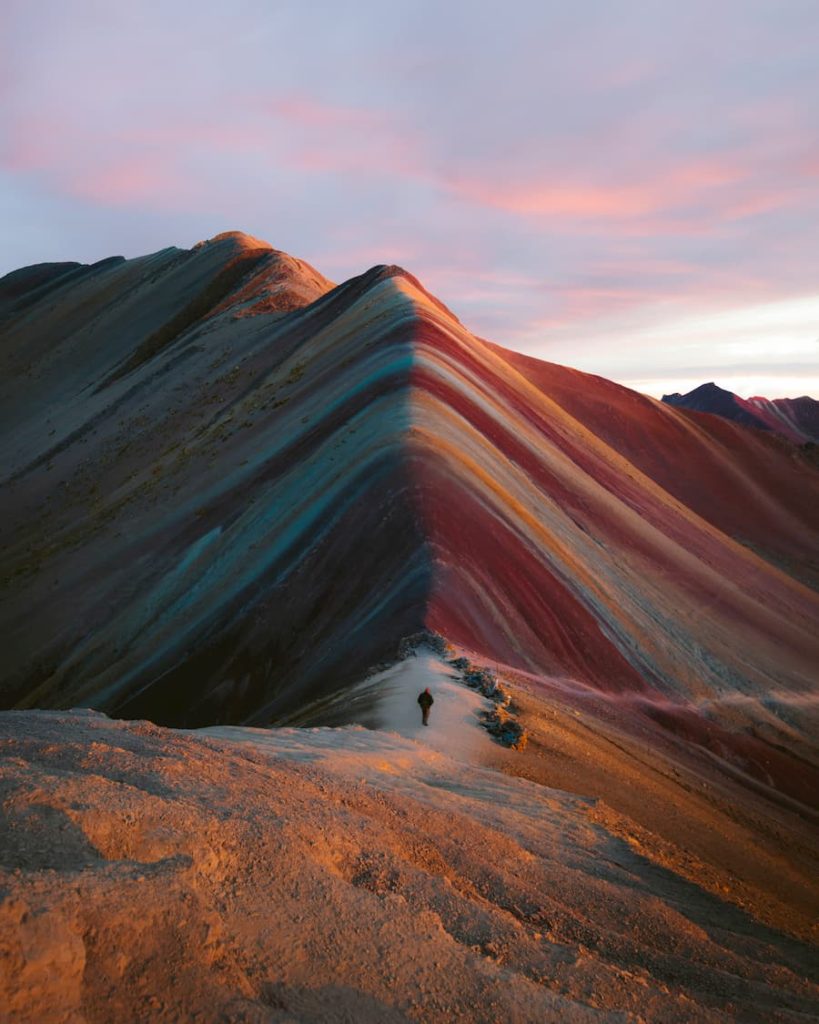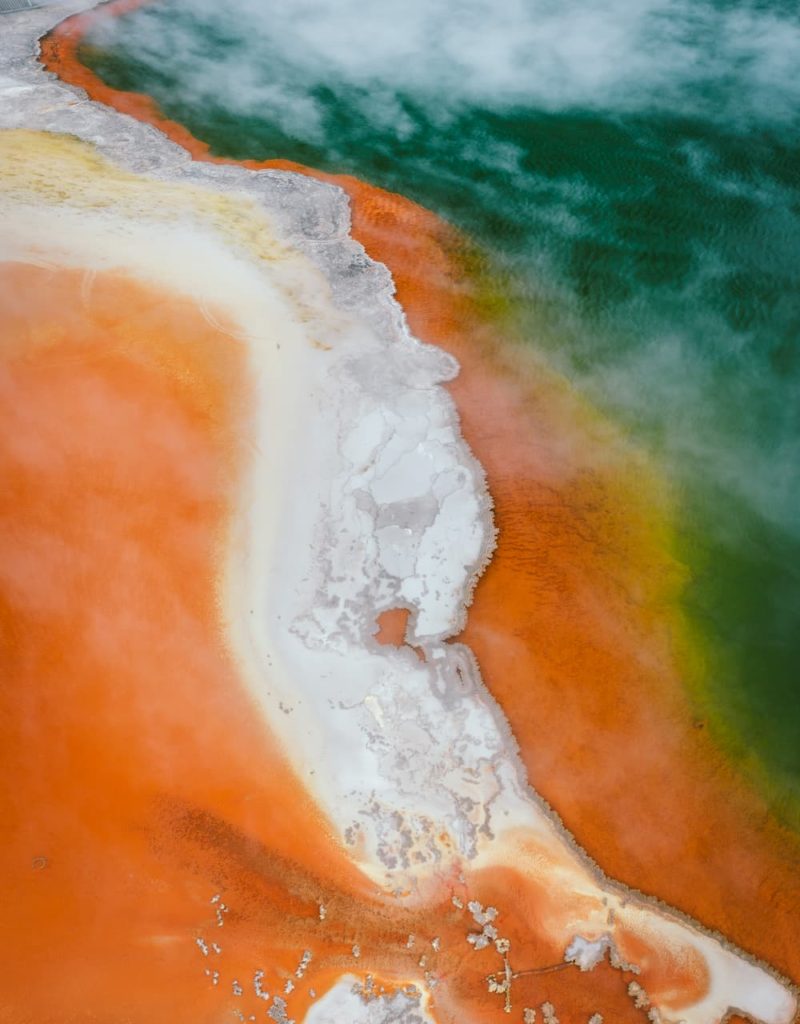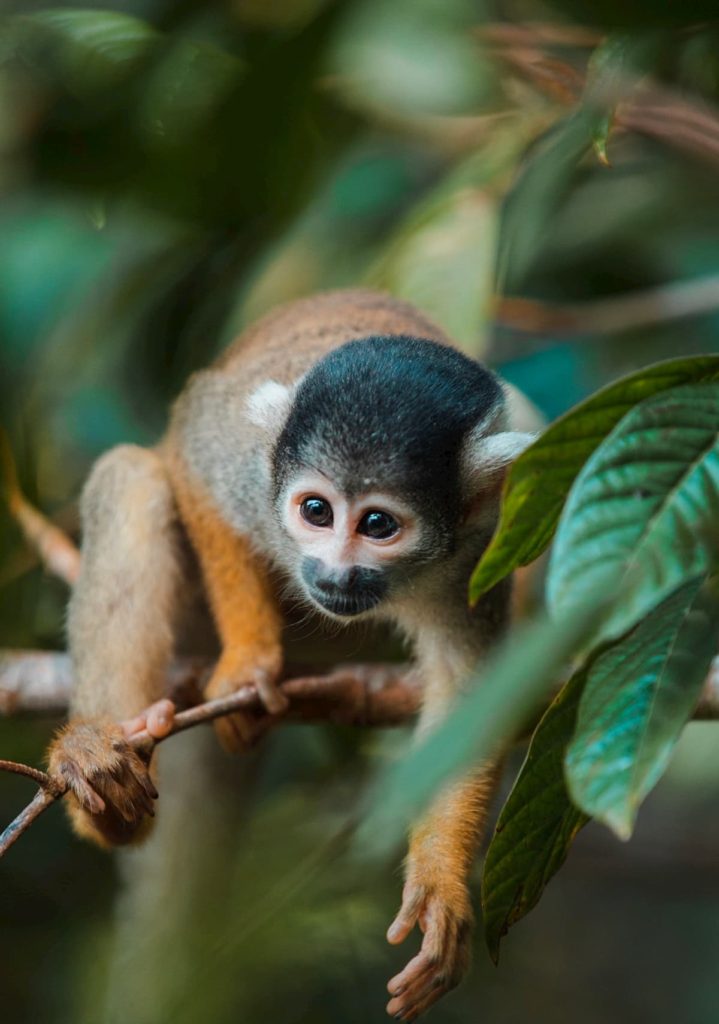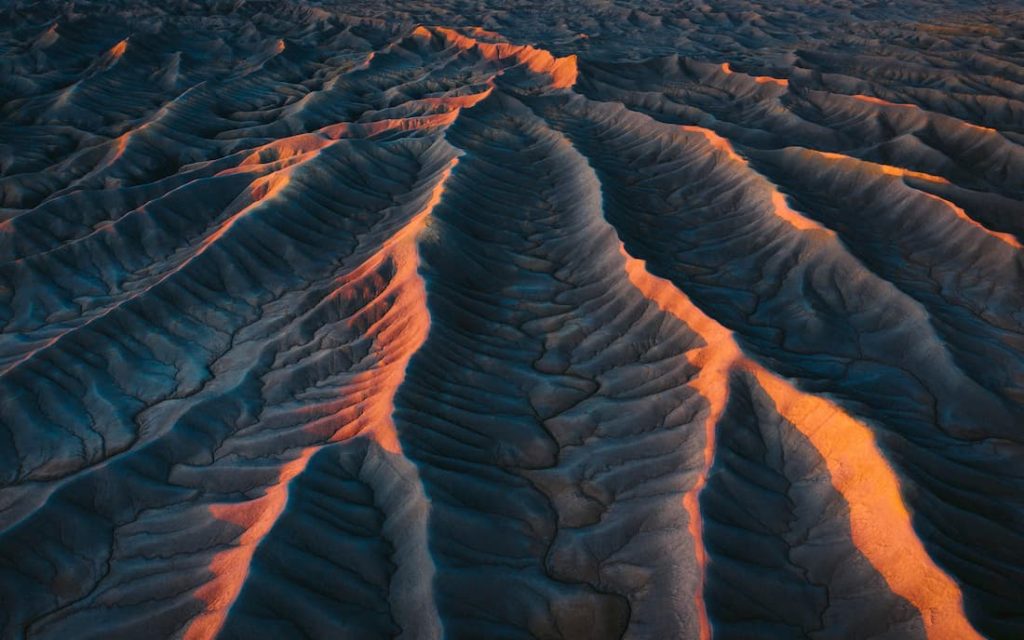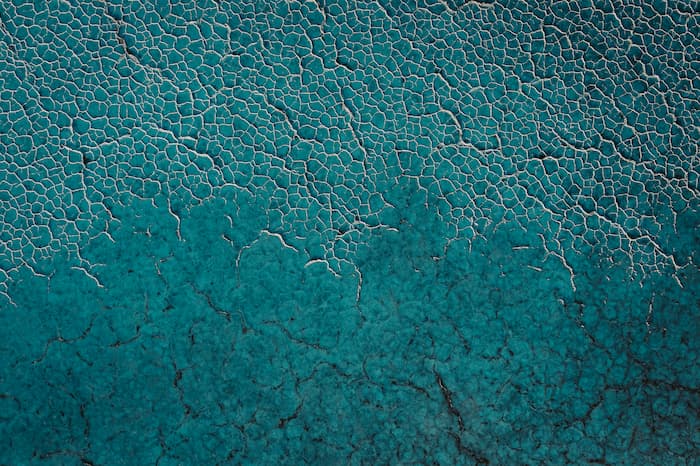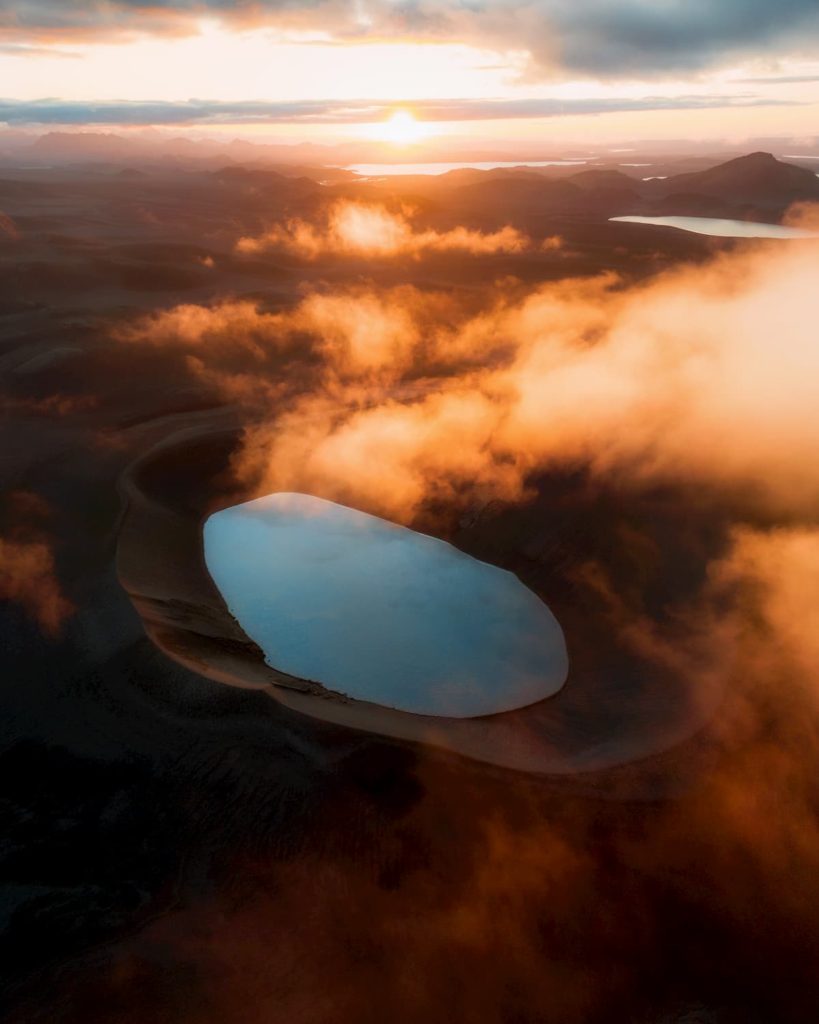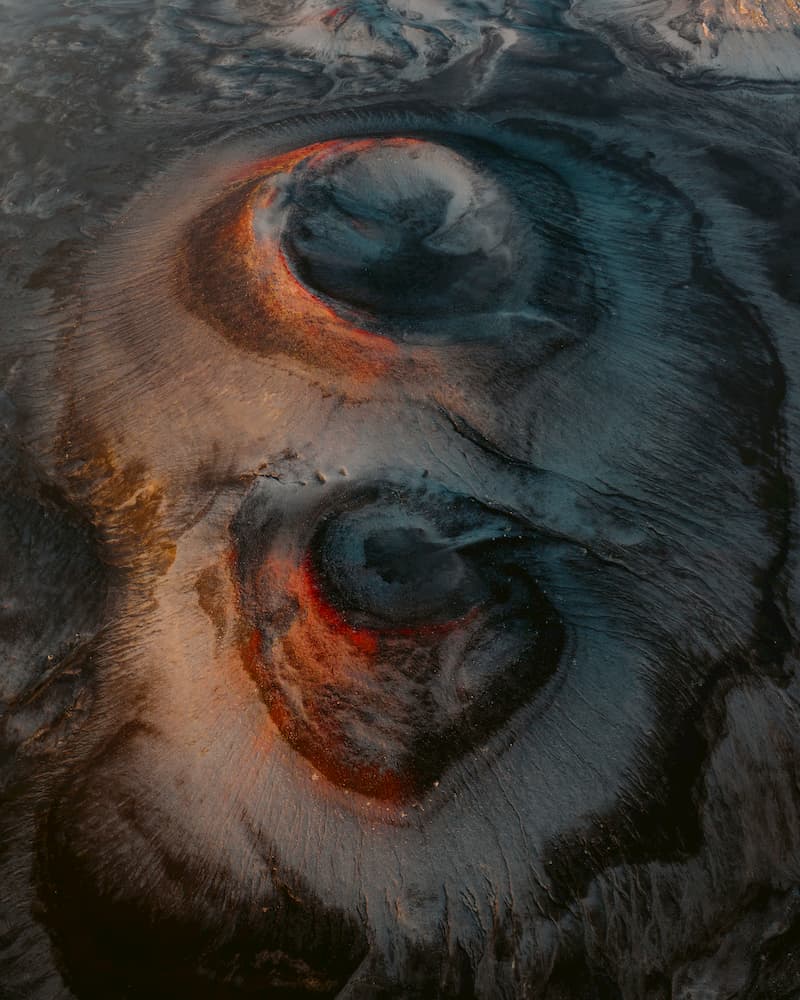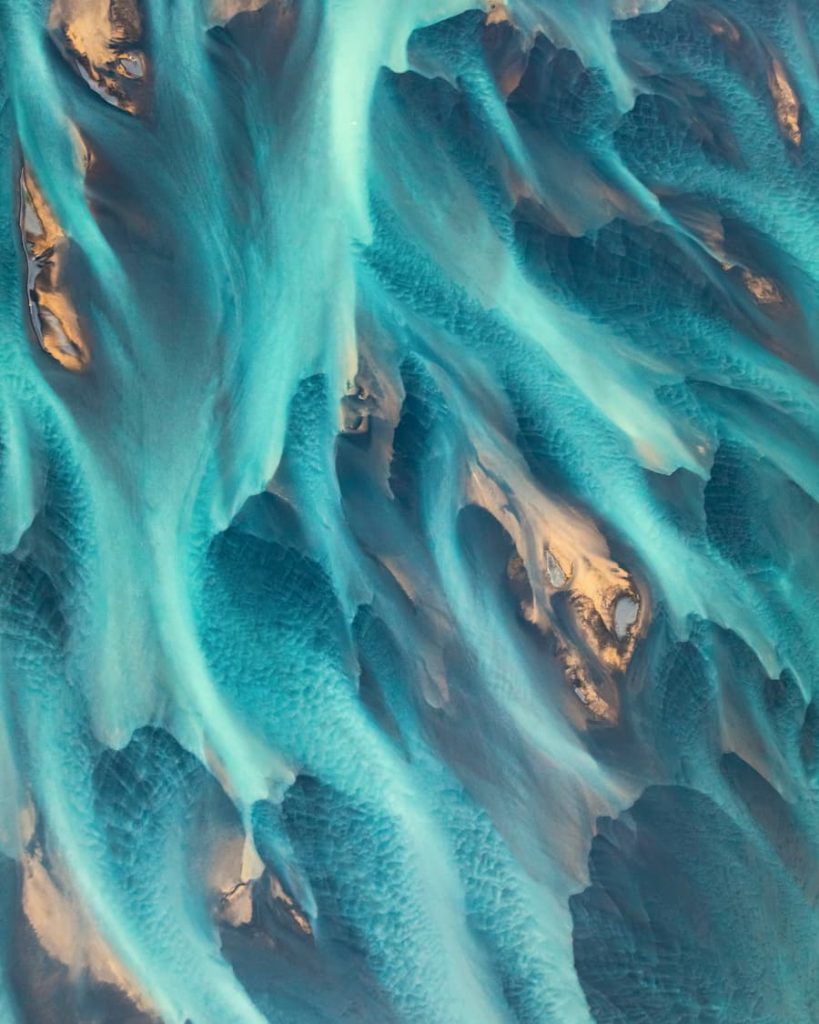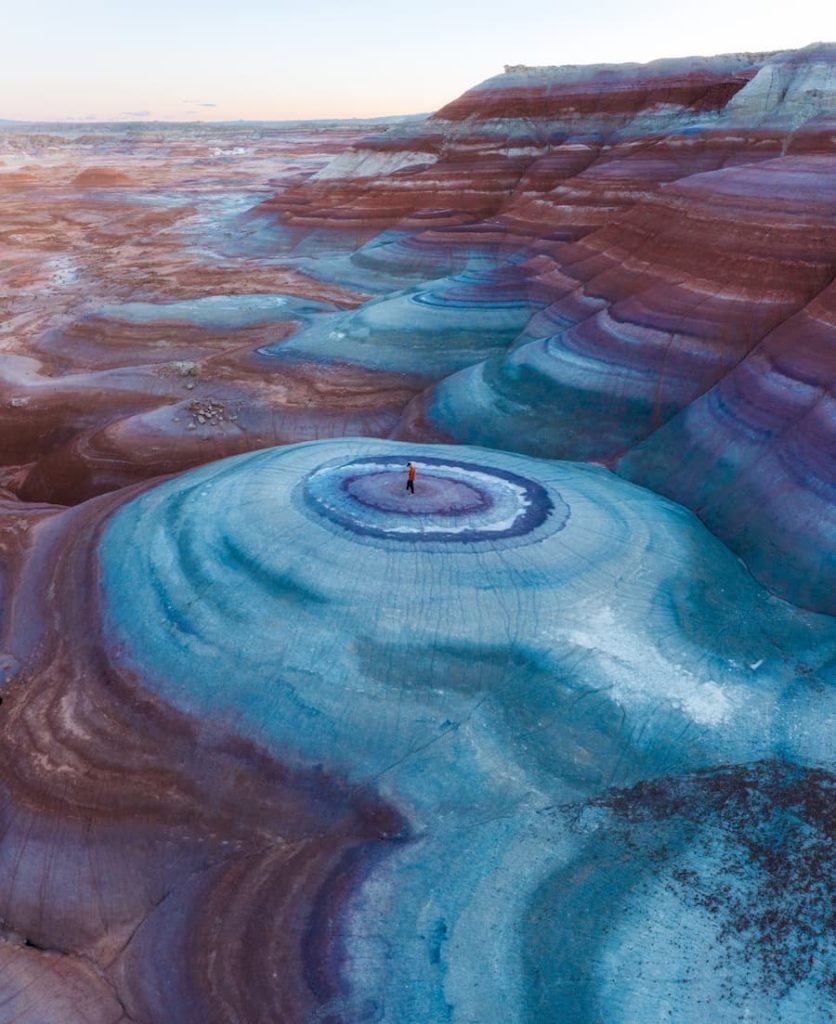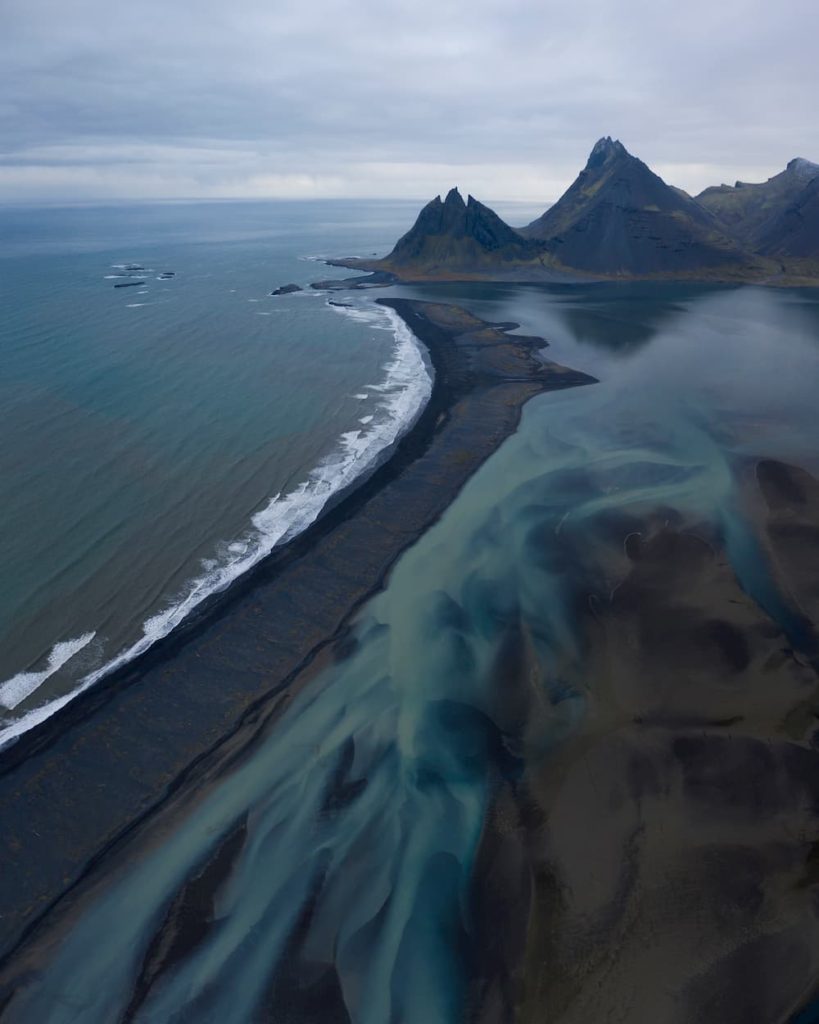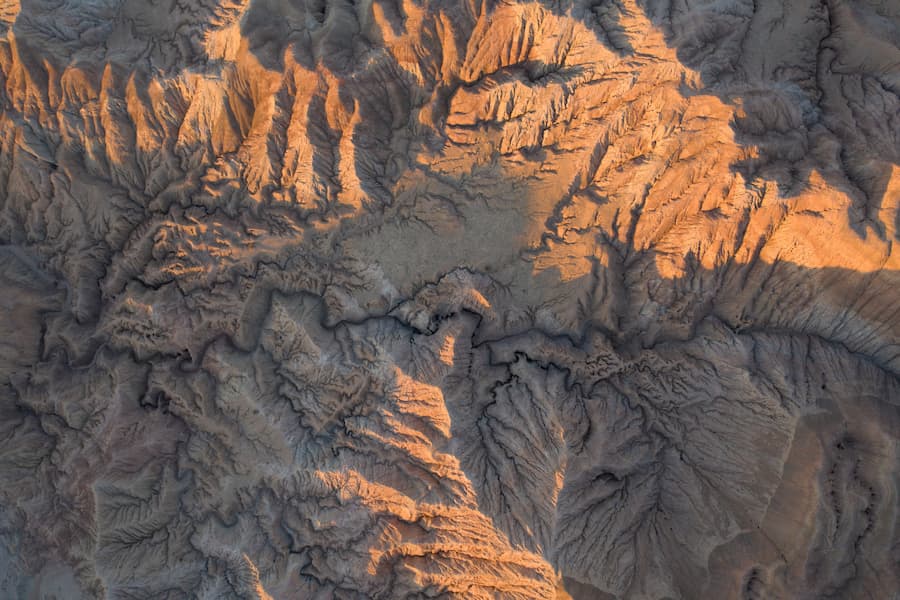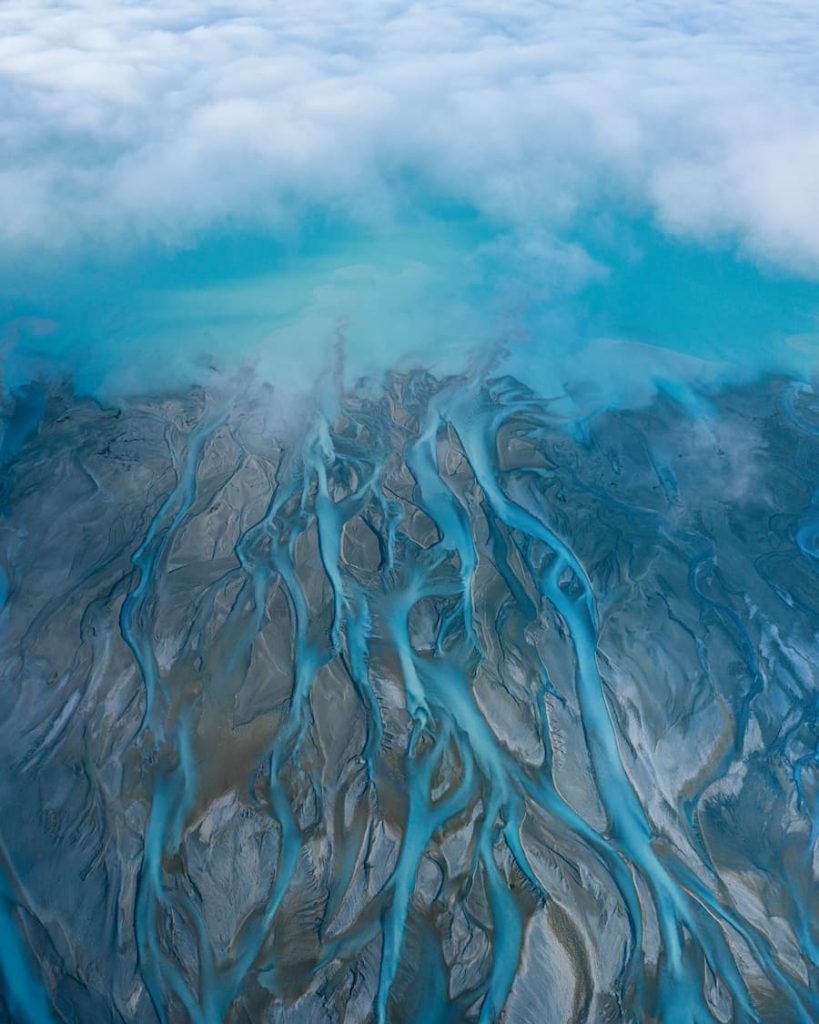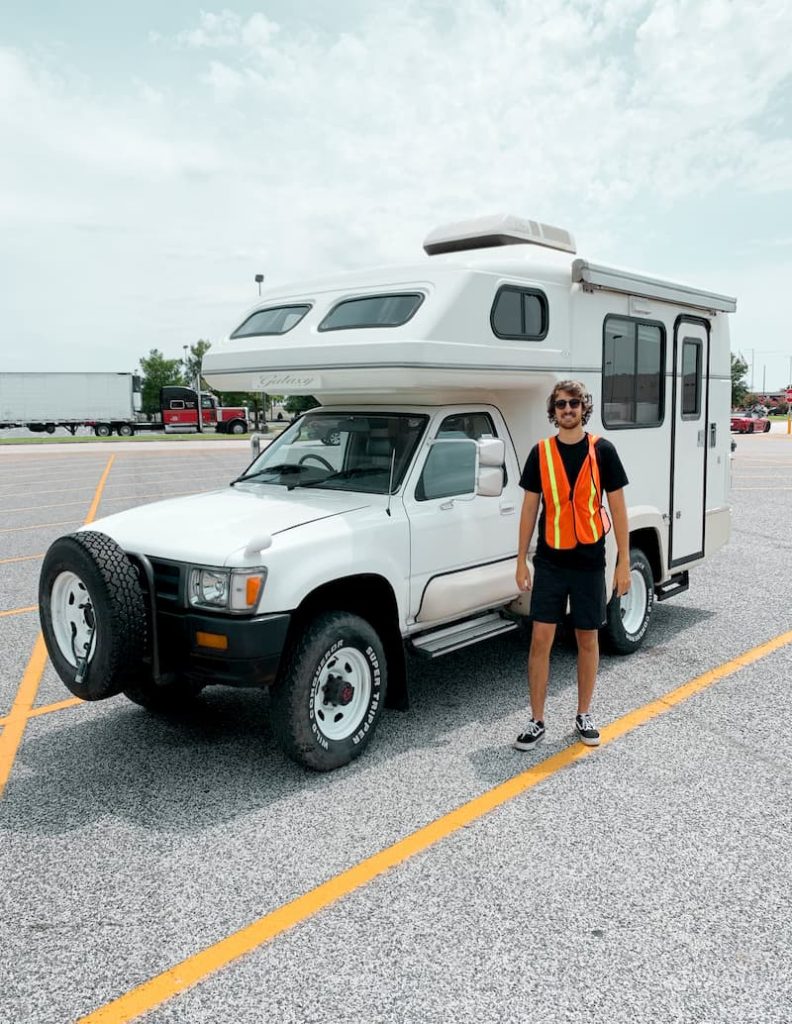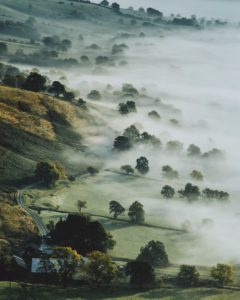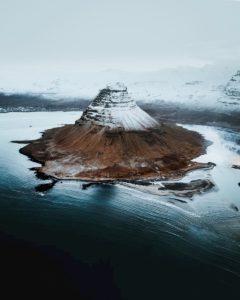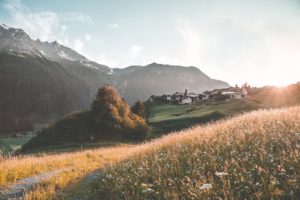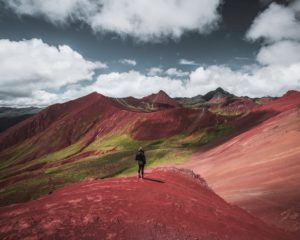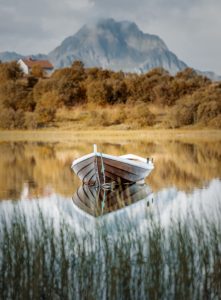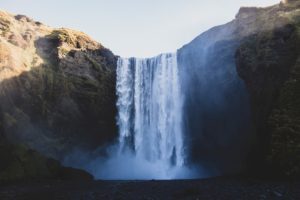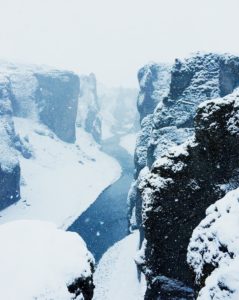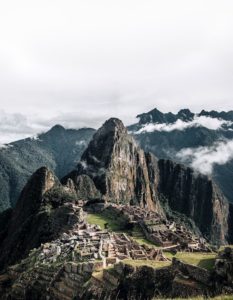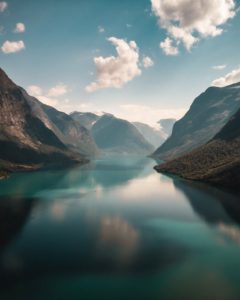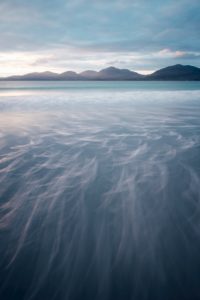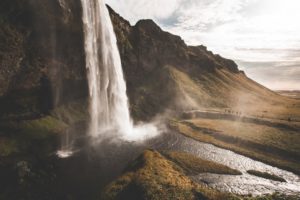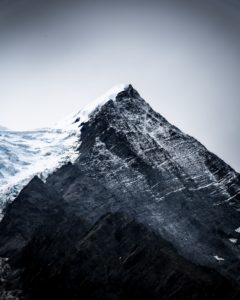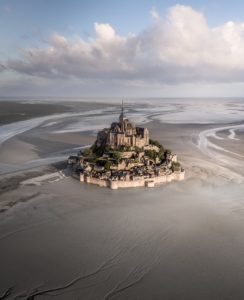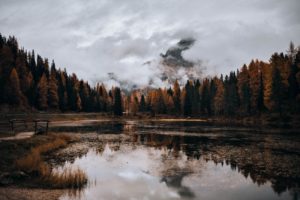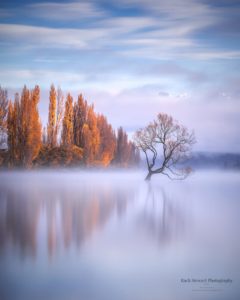
Zach Testa
@zachtesta
Landscape photographer based in the US
Introducing Zach Testa
Even though Zach studied a business degree, photography had stolen his heart at the age of 12 and convinced him to pursue this love during a solo trip in Peru when he was 21. While family and wedding shootings had started to bore him, landscape and drone photography fired up his passion. Being on the road, traveling and living out of his 4Runner, camper vans, cheap hostels or his parents’ place, enabled him to grow rapidly as a landscape photographer. By having a nomadic lifestyle he could reduce expenses and commitments, and experience a freedom that allowed him to be open to new opportunities, people, and places that brought him to where he is at now.
Zach’s background in marketing had taught him the importance of defining yourself and your brand, and so he is now focusing on fine art and aerial photography, on his way to set his footprint in the industry. He would describe his style as abstract and is a fan of the structures and textures of the Earth that one can observe from above. In that regard, Zach shared with us three photos he is particularly proud of, and tells the story and vision behind them. Although he approaches the edits based on his mood and the photo, one factor remains consistent: his strong eye for color that brings his work together. Two distinct photos with a before and after illustrate this in the interview.
Nature is a huge inspiration for Zach; his Google earth is full of pins of crazy landscapes he hopes to fly over and photograph one day. But, he says, “The experience and moments themselves can be more valuable than the photos. As well as the people you meet.” Wherever he is, he always tries to remember himself why he is there and what he loves. Gratitude helps him to keep his attention on what truly matters. Through photography, he wants to show people that there’s a universal magical force behind this world.
Zach has answered our 12 questions generously, touching upon many themes from his development to drone photography, to pitching to clients and traveling, and of course, providing some valuable tips. You can read the complete interview below!
Interview
Welcome Zach! You joined Instagram a while ago, yet it wasn’t until 2018 that you began sharing landscape photographs on a regular basis. Can you tell us what inspired you to take this path? Maybe you can also tell us where your passion for travel and photography come from in the first place?
Hey there! Honored to be on here with you guys. So I have been into photography for a while, but it’s been quite the journey getting into the traveling and landscape photography that I now do. I picked up my first camera and fell in love with taking photos back in 2009 when I was just 12 years old. Shortly after this, I started a Facebook business page, and started advertising and taking family portraits for my family friends. All through highschool I shot family and senior portraits and the occasional wedding, but this was more of a means to make myself an income and not have to work a “regular job” than it was something I felt truly passionate about. I was also a big car guy, and pretty involved with photography in the automotive scene. I enjoyed shooting people and cars, but I really wanted to be traveling and creating art. I remember seeing people like @daniel_ernst on Instagram traveling to these beautiful places around the world, their lifestyle seemed like this distant dream. I loved photography, but I was way too money-minded back then and less willing to take risks and go into the unknown.
"Photography just didn’t seem like a feasible career for my goals at the time, and I blindly went into business school at Arizona State University in 2015."
It wasn’t until I graduated in 2018 with a marketing degree that I really began to question my path and truly commit myself to photography. I finished up 3 years of school, I had my degree, but I wasn’t sure why I went to college or where I wanted to go from there. The thought of getting a 9-5 job with my degree didn’t appeal to me, so I decided to sell most of my belongings and travel.
I started my traveling with a trip to Peru in 2018, and I kicked this trip off by attending a photography workshop hosted by the legends @jordhammond and @phillngyn. During this workshop I got to hike and travel around iconic spots in Peru, and seeing Jordan and Phil in their element talking about their work and lifestyle opened me up to the reality that I could make for myself with traveling and photography. I ended up staying in Peru on my own for about 3 weeks after the workshop ended, absolutely falling in love with the country, as well as solo-traveling and landscape photography.
"Once I got back from this trip, that’s when I started to get dedicated to my path as a landscape photographer and post on Instagram more consistently."
Please correct me if I am wrong, but before the COVID you were living a nomadic lifestyle. Why did you decide to live in that way? What is it about the nomadic lifestyle that you enjoy so much?
I’ve been floating around living a somewhat nomadic lifestyle pretty much since I graduated college in 2018. Earlier this year after finishing up a group trip with some friends in New Zealand, I decided to buy my first campervan out there and was traveling solo around the island for a couple months until COVID lockdowns hit. Sometimes I’ll be living out of my 4Runner here in the US, or going on international trips and staying out of campers and cheap hostels, and between that I will stay at my parents where I have a camper truck build I am currently working on.
"For me the decision to live nomadically came naturally in an effort to reduce expenses so that I could be travelling as much as possible."
Paying rent and related expenses, as well as being tied to one location just didn’t make much sense with my goals at the time. I love the nomadic lifestyle because of the freedom that it gives me. I feel the best when I am in nature, and this lifestyle allows me to call the places I love the most home. I’ve never been much of a planner and don’t do the best at sticking to routines, so the lack of predictability with this lifestyle is great for me. It keeps me on my feet, and I love nothing more than to be roaming around new places without a destination. The open road makes me feel alive. The ability to wake up and decide what I want to do and where I want to go that day is empowering, and I prefer this over waking up into a set routine.
"This lifestyle has allowed me to reduce my commitments in a way that allows me to be open to new opportunities, places, and people in a way I never thought possible while living in one set location."
I will say that I am currently planning on moving into a studio for the next 6 months, and I am excited for the change. There are a lot of things that inevitably get neglected when living on the road, and I am excited to get into a bit of a routine in my own space and give attention to some other aspects of my life. This is not a permanent change though, I currently have a camper truck I am working on, and as soon as that build is complete, I’ll be on the road again!
Living a nomadic lifestyle allows you to live unique experiences. To this day, what has been your most remarkable moment? Would you mind sharing it with us?
That’s a tough one! I have had special moments on all of my trips that stand out to me in different ways, but one in particular that comes in mind was an experience I had back in 2018 in the Amazon Jungle of Peru. I was about to leave Peru but I hadn’t seen the Amazon yet and felt like my experience there wasn’t complete without it. I booked myself a last minute 3 night Amazon tour with one of the agencies in Cusco, and off I went. The Amazon blew me away, but the whole experience was with a group of family tourists and tour guides on a strict timeline and I felt like I hadn’t really had a chance to truly take it in for myself. On my last night there, I decided to “sneak” out of my room at night and go for a little night walk in the jungle. Once I got far away enough from the lodge and into the depths of the jungle, I turned off all my lights and just took it in. There were fireflies flickering all around me, the noises of the bugs and jungle coming to life filling my ears.
After meditating in the jungle for a bit and taking it all in, I turned my flashlight back on to find my way back. I realized I was standing about a foot away from this wild looking 12”+ spider which was crawling on the same tree that I had touched. Pretty sure this was the same kind of poisonous spider our guide had pointed out earlier in the tour, lol. I also realized I only had one flashlight and no phone on me, and if it had died, I would’ve had to stand still in the dark jungle until the sun rose in the morning. I was laughing at myself thinking about how risky that all was, but I wouldn’t trade the magic I experienced that night for anything.
As a result of your travels you have explored and witnessed amazing landscapes, which you have photographed beautifully! Congrats for that Zach 🙂 Nowadays in your feed you are sharing mostly aerial photographs, although your photography background is very diverse. We would love to know more about your drone photography, can you please share with us your evolution as a drone photographer? How have you been upgrading your gear, what challenges did you face at the beginning and what are the challenges you face today?
Thank you! I fell in love with drone photography from the time I flew my first drone. Like I mentioned I had been a photographer for quite some time, and it was getting a bit boring to me. Shooting things like families, maternities, weddings, etc really took a bit of the fun and passion out of it for me and I was just looking at it as a means to make money. When I got my first drone in preparation for my Peru trip in 2018, this all changed. I fell in love with the art again, the drone brought such a refreshing sense of fun to photography for me. Flying the drone made me feel like I did when I picked up my first camera at 12. I fell in love with the freedom it gave me to fly around the sky, capturing infinite amounts of new perspectives and angles. I shot as many aerial photos as I could while I was in Peru, and upon returning back home I started road tripping around the American Southwest as much as possible.
"It was the landscapes of Arizona and Utah, with their unique textures that really helped me develop my personal style of aerial photography."
I started out shooting on a DJI Mavic Pro, and since then I have upgraded to the newer DJI Mavic Pro 2. I also use Polar Pro filters on some of my shots, most specifically their Circular Polarizing filter. In terms of challenges…drones in nature can be a bit of a touchy subject with some people, and a lot of purists are not a fan of them. There are alot of regulations in place surrounding drones, especially in the United States. I was ignorant to a lot of this when I first got my drone, so that was the biggest challenge for me, making sure I am staying in compliance and knowing the regulations of everywhere I want to photograph.
Besides tons of practice, which resources/strategies did you use to get better at drone photography?
Honestly it was just practice and being out in the landscapes I liked shooting the most. After about 6 months worth of road-trips around the American Southwest, I really started to develop my style of abstract aerial/texture photographs that I mostly post now. I fell in love with the textures of the desert and photographing them from above, often looking like the surface of another planet. Nature has been my biggest inspiration thus far, but inspiration from other photographers is huge too. @tomhegen.de is one of my all-time favorite aerial photographers.
You have shared some unique perspectives with your drone photography, something that is difficult to accomplish nowadays! We are curious about your scouting strategy. How do you seek and find new perspectives when shooting on locations? What is your approach to this even before traveling to the destination?
When I am planning a road trip, or really just whenever I am bored, I love to get onto the satellite view of Google Maps/Earth and just scout around to see what places stand out to me. I am always blown away by the crazy landscapes I find. You should see how many spots I have saved on my maps around the world that I hope to fly over and photograph one day, there are hundreds. When I get to these locations, I like to fly the drone around and scout as much as I can so that I know which areas are my favorite and what I want to focus on during the slim time window during sunrise/sunset with the best lighting.
You have a background in marketing. How has that enabled you to better understand and define your brand, taking into account your clients and followers? What are the main items/factors you bear in mind to effectively communicate your brand?
Marketing taught me the importance of defining yourself and your brand clearly in order to attract the specific type of customers you want. Honestly I haven’t applied this much to myself yet, and I have been all over the place with my photography, doing many different types of work and whatever it takes to keep up with the travelling lifestyle. I am now more focused strictly on fine art/aerial photography, and I am excited to work to develop my name as an artist in this space. I plan to shift my focus from getting commercial work to getting into galleries and higher print sales.
Finding your first clients as a photographer can be challenging, especially at the beginning. Yet, in a short period of time you have worked with well known brands in the industry. What strategies allowed you to gain the confidence of your past clients? I am sure our readers would love to learn more about that!
I picked up a lot of the clients I have done commercial work for by pitching them with a specific trip I am going on. For example when I went to Iceland in 2019, my friends and I sent out our media kit to lots of brands relevant to the outdoors/travel industry, looking for sponsors for the trip. By coming to the brands with a set idea and an epic location/trip they can be a part of, I feel like they are much more excited and prone to working with you rather than just coming to them saying you want to do photography for them. We did this same approach for our New Zealand trip this year as well. The more confident and direct you are, and the more detailed your ideas are, the more likely you are to get the jobs. Be personal to the brands too. Talk about why you like them, why they resonate with you, and how you would like to create for them.
"By pitching brands with a specific idea, trip, or concept you’d like them to be a part of, this shows them your creative value."
Nowadays we see many young photographers pursuing a career as a landscape photographer. What four pieces of advice would you like to share with them?
Try all sorts of photography, you never know what you’ll end up falling in love with. Build a diverse portfolio. The larger your portfolio and skill-set, the more jobs you will be able to land.
Patience. Developing skill and your own personal style is something that takes a lot of time and practice. You have to get out and shoot, and do it alot.
Take time to slow down and appreciate these beautiful places without always being driven by the need for a photo every time. The experience and moments themselves can be more valuable than the photos. As well as the people you meet through the process. Sometimes it’s refreshing to just slow down and take a place in, remember why you’re there and what you love.
Stay true to yourself and don’t fall for the trap of Instagram. Shoot what you love and create what you truly want to, not what you think will do well on Instagram or what others will like to see from you. Followers don’t matter anywhere near as much as it may seem. There are plenty of highly successful photographers who don’t use social media.
You love to photograph abstract scenes of natural textures and patterns. In this regard, can you share with us three photos you are really proud of? What is the story behind them, why are those so special to you?
Thats so hard for me to narrow it down lol. Here are a few that stick out to me though.
Image 1 - Glacial watercolors
This image from my trip to Iceland in September of 2019 is definitely one of my favorites. It shows the glacial rivers flowing on the southern coast of Iceland. I shot this photo using my Canon 5D Mark IV and a 70-200mm lens while flying in a small airplane piloted by the legend @volcanopilot with my good friend @trail. This was my first time doing aerial photography from an airplane, and getting the chance to see these rivers from above with my own eyes absolutely blew my mind. It’s fun flying the drone over crazy things, but seeing them for yourself is something else. The way the water flowed and braided together, the colors melting, it was the most gorgeous thing I had ever laid my eyes on. I remember the pilot flying up and down super fast after this too so that we could experience zero-Gs in the plane which was quite fun. This whole flight is something I will remember for the rest of my life.
Image 2 - Man on Mars
This image of myself from a roadtrip in the Southwestern United States is also pretty special to me. When I stumbled upon this spot with my friend @tracehudson, it felt as if we were exploring the surface of a foreign planet. There were no footprints to be found, dinosaur bones scattered around the area, and some of the most stunning geology I had ever seen. The way the hills layered together with stripes was amazing, and the colors shifted from rich browns, grays, and reds to a dream world of blue and purple after the sun went down. This image was also a bit of a turning point in terms of my social media presence, and my first image that really gained a lot of traction.
Image 3 - Desert Ice
This is an aerial image of the desert, believe it or not. Some people look at it and see a glacier or ice/snow, but that is due to how I edited the photo. This shows the aerial view of a wash going through an area of desert badlands made of hard clay/rock. I was on a trip in the desert and struggling to find something I liked on my camera, so I sent the drone up and my mind was blown. The fractals and repetition of the veins and cracks in the desert below blew my mind. This image made me fall in love with the abstract style of aerial photos. I love photographing natural structures and patterns in nature.
Also, I think you have a wonderful editing style. Would you mind sharing with us a ‘Before and After’ and explain to our readers the basic steps of your editing process? What is important for you when editing and what emotions do you want to convey with your photography?
Thank you. Honestly my editing process is not very consistent, it really depends on the photo itself and what mood I am in while editing. I could edit the same photo twice and it could come out totally different. At its basis though, I like to enhance the natural scene and play with the colors that are present until they “feel right” to me. I have a strong eye for color and I feel that this tends to bring my work together. On some of my more abstract shots, I definitely give myself more freedom when it comes to how natural the edit is and how crazy I get with the colors. Here are a couple examples of some of my edits, some more mild and some more intense.
Before / After
Terence McKenna once said: “Just being told by an unsmiling guy in a white coat that you’re going to be dead in four months definitely turns on the lights. … It makes life rich and poignant. When it first happened, and I got these diagnoses, I could see the light of eternity, à la William Blake, shining through every leaf. I mean, a bug walking across the ground moved me to tears.”
To conclude, how does gratitude help you flourish as an artist and a person? What keeps you going and what is your ultimate goal with your work?
You guys picked a good quote for me, I absolutely love Terence McKenna. Gratitude helps me by keeping my attention on what truly matters. When things get hard, I retain my ability to find beauty in the small things and trust that this is all part of a bigger process than myself. There is a certain magic to everything, and being alive is such a gift.
"My time spent in nature is what keeps me going, those moments with the universe where it all seems too good to be real."
Watching the clouds break and invert at the last minute and the sky going from gray to an array of colors, standing on a mountain peak and looking over a landscape that seems like it’s from another planet. Standing on the edge of a cliff over the ocean and looking at a place I never expected I would make it to in this lifetime. It’s the moments like these that keep me going. I am grateful for the extent of beauty I have been able to experience on Earth, and these memories will stick with me forever. My goal with my work is to show people that there is a universal magical force behind this world and all of these natural landscapes. To capture places in a striking, otherworldly way that makes them pause, and go, “Wait, that’s on Earth?”
"I want to inspire people to explore the unknown and find that magic that is ever so present all around us, no matter where you are."
Would you like content like this sent to your inbox?
